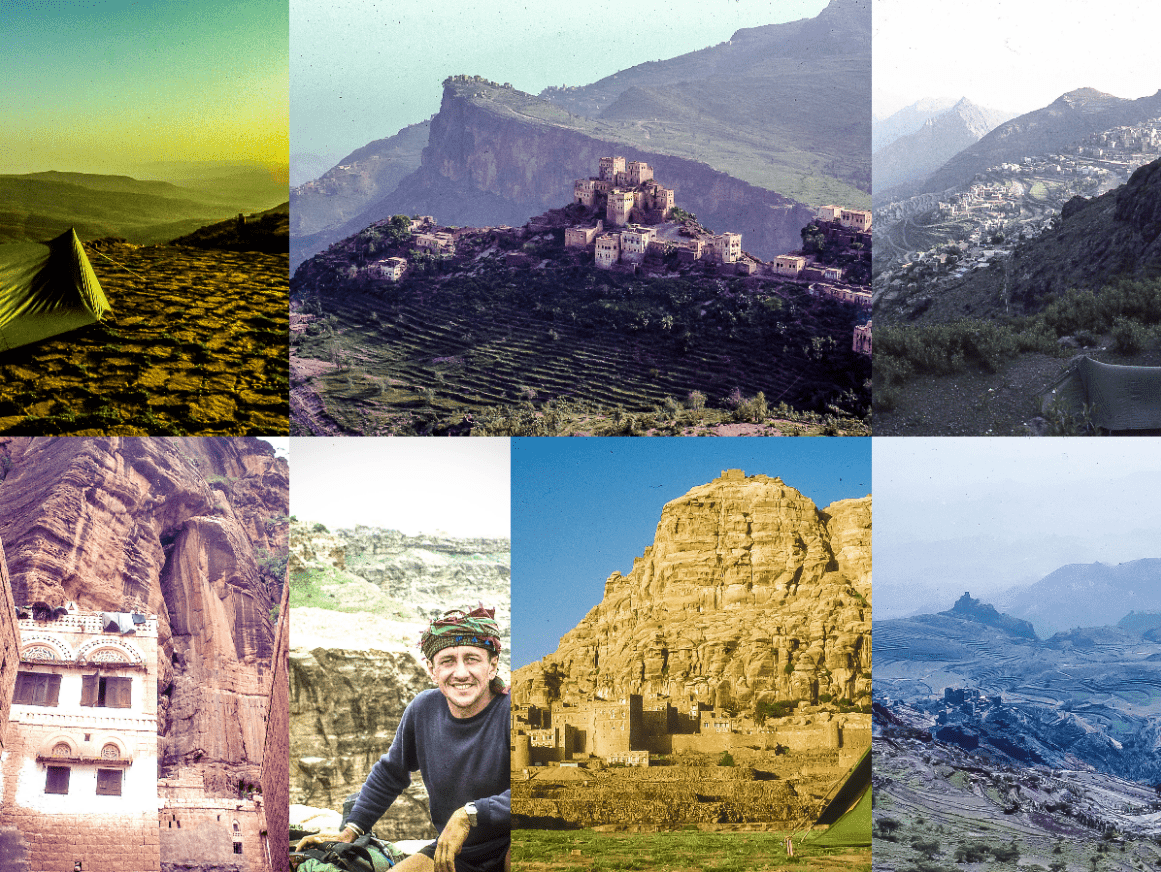The Houthis have been in the news in recent weeks for attacking container ships in the Red Sea. They originated as a religious and political movement in the 1990s, a few years after my solo trek across Yemen in the 1980s, in the days when I didn’t yet completely succumbed to bicycle travel. In terms of their ethnic background, the Houthi tribe is a Shia minority in Yemen, concentrated mainly in the northern highlands. While distinct from the Shafi’i Sunni majority in Yemen, they share with them the rugged landscape and the way of life.
It was precisely the character of Yemen’s mountainous highlands and the unique architectural style of their villages that brought me to this region of the world, for both the adventure of trekking this remote region and my academic interests. While for now, Yemen is an unlikely destination for trekking or cycling for years to come, its undeniably amazing landscape will lure adventure travelers one day again.
Yemen’s architectural style, particularly its village design and house architecture, reflects the historical context of the region having to defend against external threats and adopt to the harsh environment.
One of the most iconic features of Yemeni village architecture is the “qasaba” or the fortified village. Qasabas are typically built on hilltops or elevated terrain, providing strategic advantages for defense and visibility. The layout of these villages often includes narrow, winding streets and alleys designed to confuse and deter potential attackers. Constructed close together, they form a cohesive defensive perimeter around the village center.
One striking feature of Yemeni village architecture is the “tower houses” or “mud skyscrapers” that dominate the skyline of many highland settlements. Because of the compact settlement pattern of the Yemeni villages, I usually camped near their villages or in remote areas, but more than once, when I unzipped my tent in the early morning, a group of villagers waited quietly near my tent with a kettle of hot tea …
